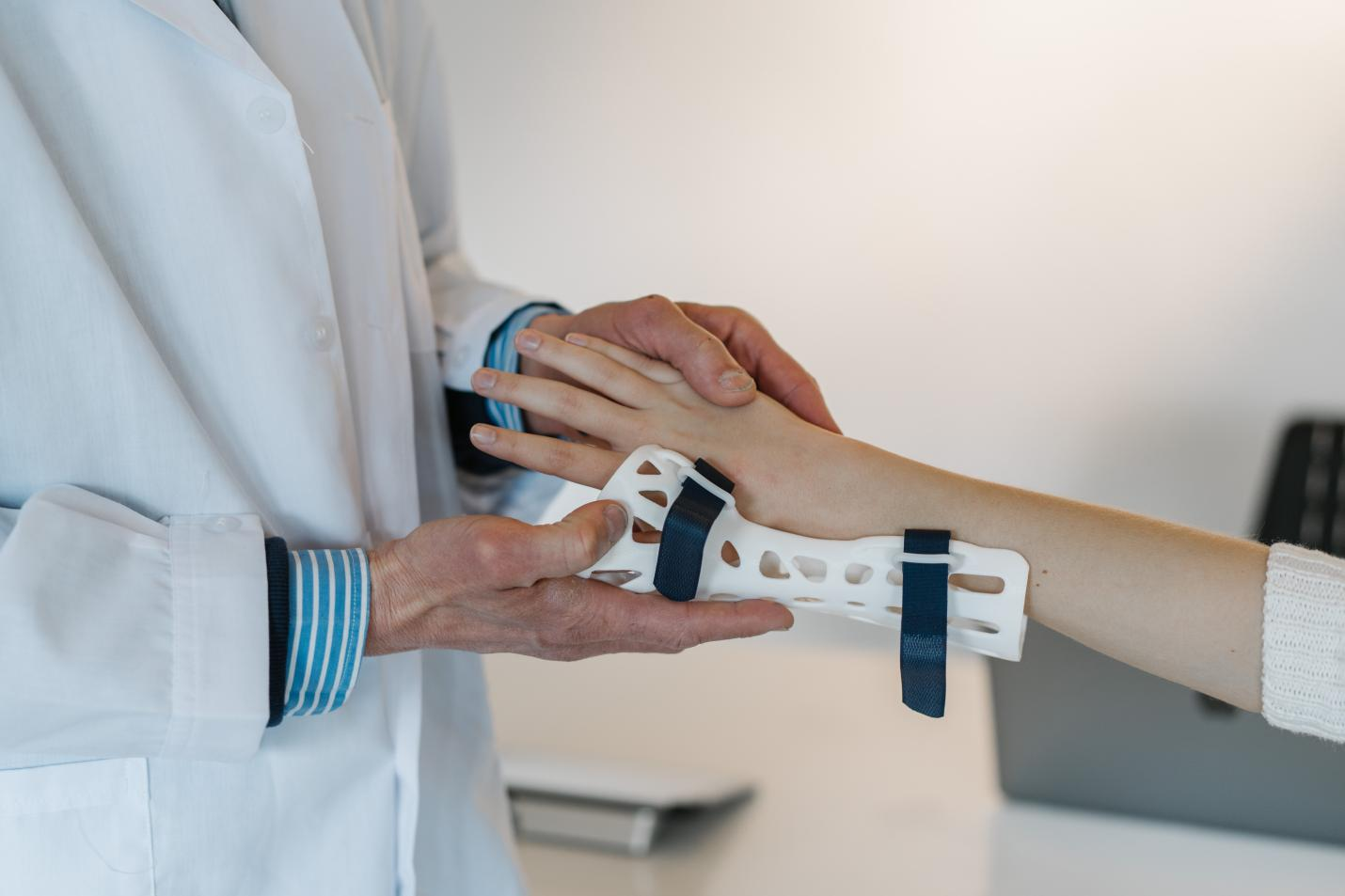The Impact of 3D Printing Costs on Manufacturing
When it comes to manufacturing, the true costs of 3D printing go beyond the initial investment in the technology. While 3D printing can significantly reduce production time and material waste, there are other factors to consider. These include maintenance, energy consumption, and the cost of skilled labor. It's essential for manufacturers to carefully evaluate the overall expenses associated with 3D printing to make informed decisions about its implementation.

Understanding the Financial Implications of 3D Printing in Healthcare
In the healthcare industry, the true costs of 3D printing play a crucial role in the adoption of this technology. From creating customized medical implants to producing anatomical models for surgical planning, 3D printing offers numerous benefits. However, the expenses related to regulatory compliance, quality control, and post-processing must be taken into account. Healthcare organizations need to conduct thorough cost analyses to determine the feasibility of integrating 3D printing into their operations.
Exploring the True Costs of 3D Printing in Aerospace and Defense
For the aerospace and defense sectors, the true costs of 3D printing extend beyond the direct expenses of printing components. While additive manufacturing can lead to lighter and more complex parts, there are considerations such as material testing, certification, and supply chain management. These industries must carefully assess the total costs involved in 3D printing to ensure the reliability and safety of the final products.
The Hidden Expenses of 3D Printing in Automotive Engineering
Automotive engineering is another field where the true costs of 3D printing have a significant impact. While 3D printing can enable rapid prototyping and the production of lightweight parts, there are hidden expenses to be aware of. These include the costs of finishing, surface treatment, and post-processing to meet industry standards. Automotive companies need to delve into the comprehensive costs of 3D printing to make informed decisions about its integration into their manufacturing processes.
As we delve deeper into the true costs of 3D printing in various industries, it becomes evident that a holistic approach is necessary. From initial investment and material expenses to maintenance, labor, and post-processing, the financial implications of 3D printing are multifaceted. By conducting thorough cost analyses and considering the long-term benefits, organizations can make informed decisions about the integration of 3D printing into their operations.






